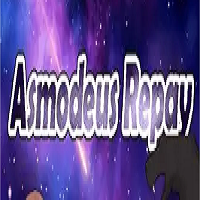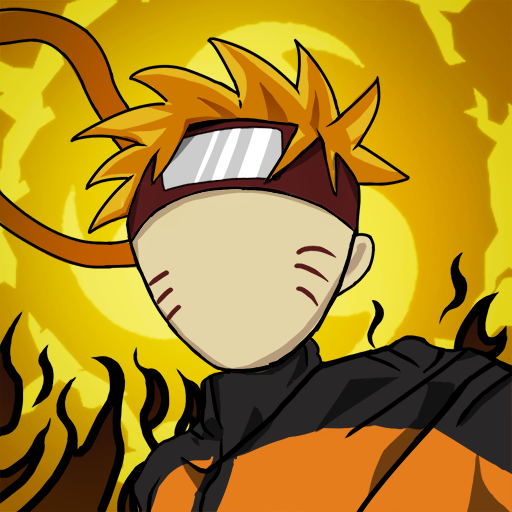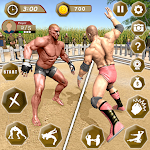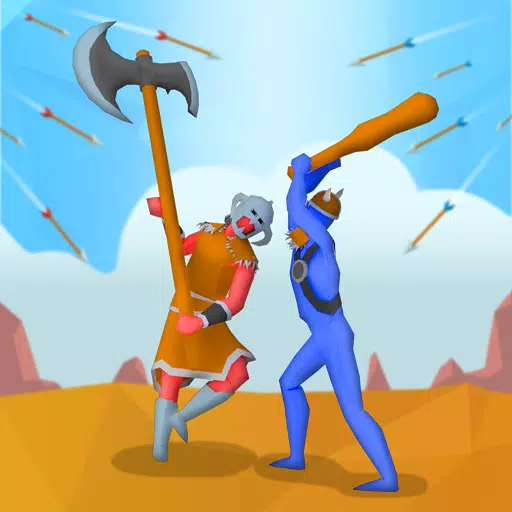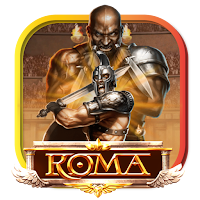My hands-on time with MercurySteam's Blades of Fire began with expectations of a Castlevania: Lords of Shadow revival, modernized with a God of War sheen. An hour in, it felt like a Soulslike, albeit one where weapon stats, not character sheets, ruled. Three hours later, I realized both impressions were partially true, yet ultimately misleading. Blades of Fire, while undeniably built on familiar foundations, uniquely blends borrowed elements and original ideas into a refreshing action-adventure experience.
While not a direct God of War clone, initial similarities are undeniable. The dark fantasy setting, weighty combat, and close-to-the-action camera strongly echo Kratos' Norse saga. Further parallels emerged during the early-game demo: navigating a treasure-filled map with a young companion who aids in puzzle-solving, culminating in a meeting with a wild woman residing in a house perched atop a colossal creature. These familiar elements, coupled with clear FromSoftware influences (including anvil-shaped checkpoints that restore health and respawn enemies), create a sense of déjà vu.
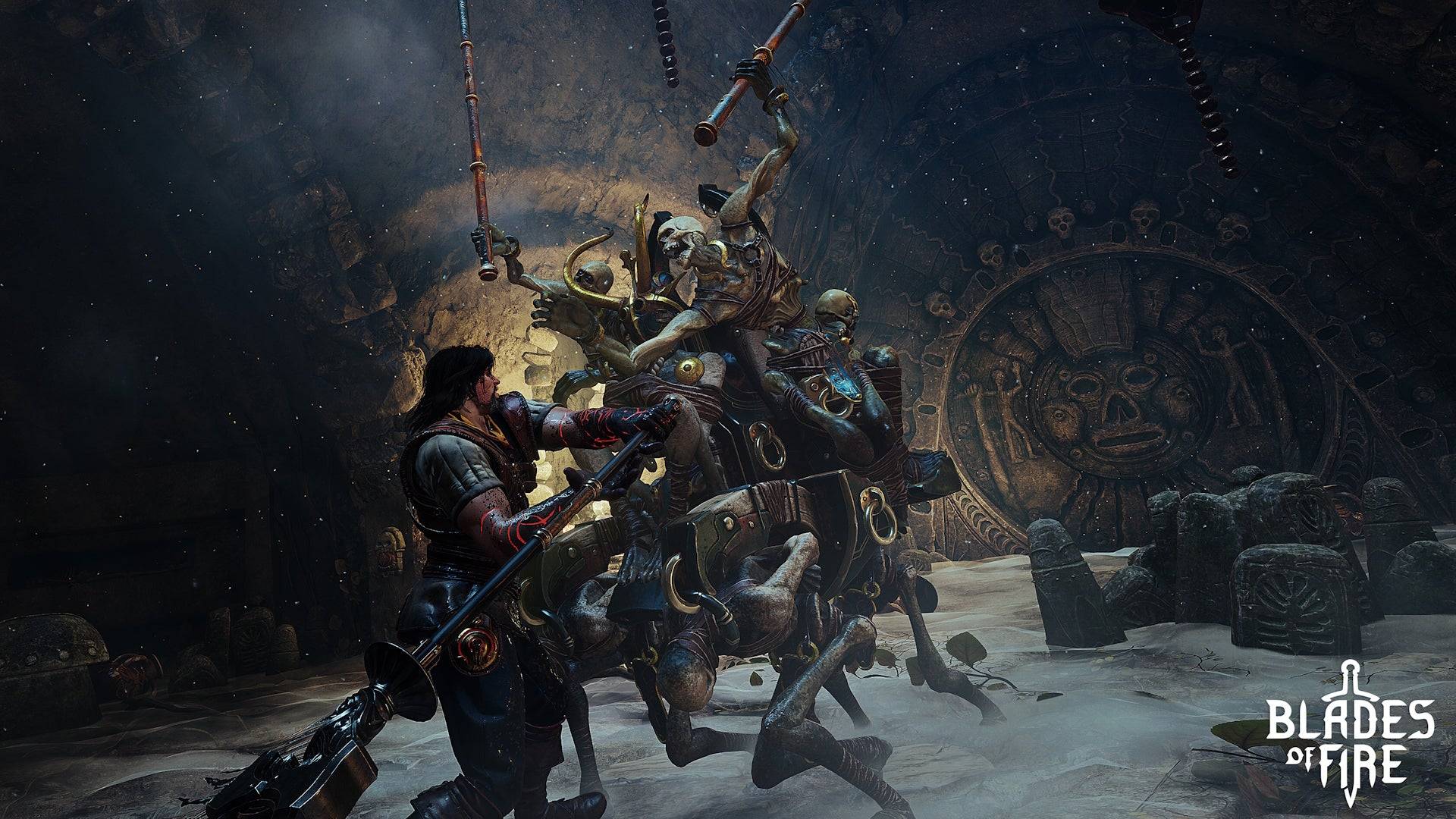
Like its predecessors, Blades of Fire's strength lies in its mechanics. Combat utilizes directional attacks, employing every face button. On a PlayStation controller, triangle targets the head, cross the torso, square and circle swipe left and right. Reading enemy stances allows for exploiting weaknesses; a soldier shielding their face can be vulnerable to a low strike. The impact is satisfyingly visceral, with copious blood spurts marking each successful hit.
This system truly shines in encounters like the demo's first boss, a hulking troll. Its second health bar only depletes after dismemberment, with the severed limb determined by the attack angle. Severing its arm disarms it, and removing its face renders it temporarily blind.
The weapon system is a significant departure from the norm. Stamina doesn't regenerate automatically; it requires manual restoration by holding the block button. While innovative, the combat retains a Soulslike feel, emphasizing attack pattern recognition and precise timing for dodging, blocking, and parrying. The directional attack system necessitates a different control scheme, relocating blocking to the left trigger.
After adapting to the control scheme, the combat's unique aspects became more apparent. Damage is enhanced by a weapon system allowing different stances (slashing or thrusting). Assessing the enemy and utilizing HUD prompts helps determine the most effective approach.
Blades of Fire Screenshots
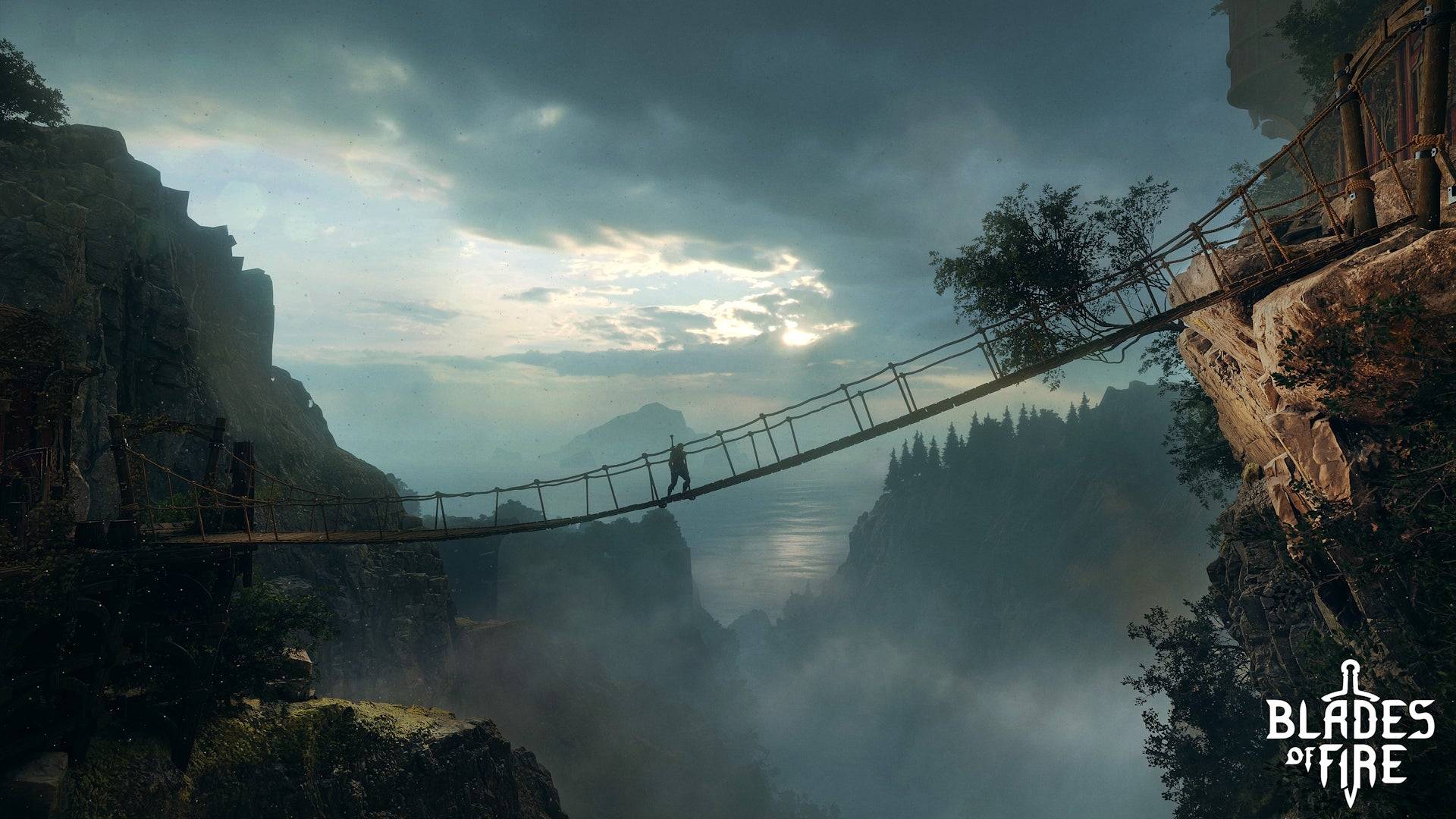
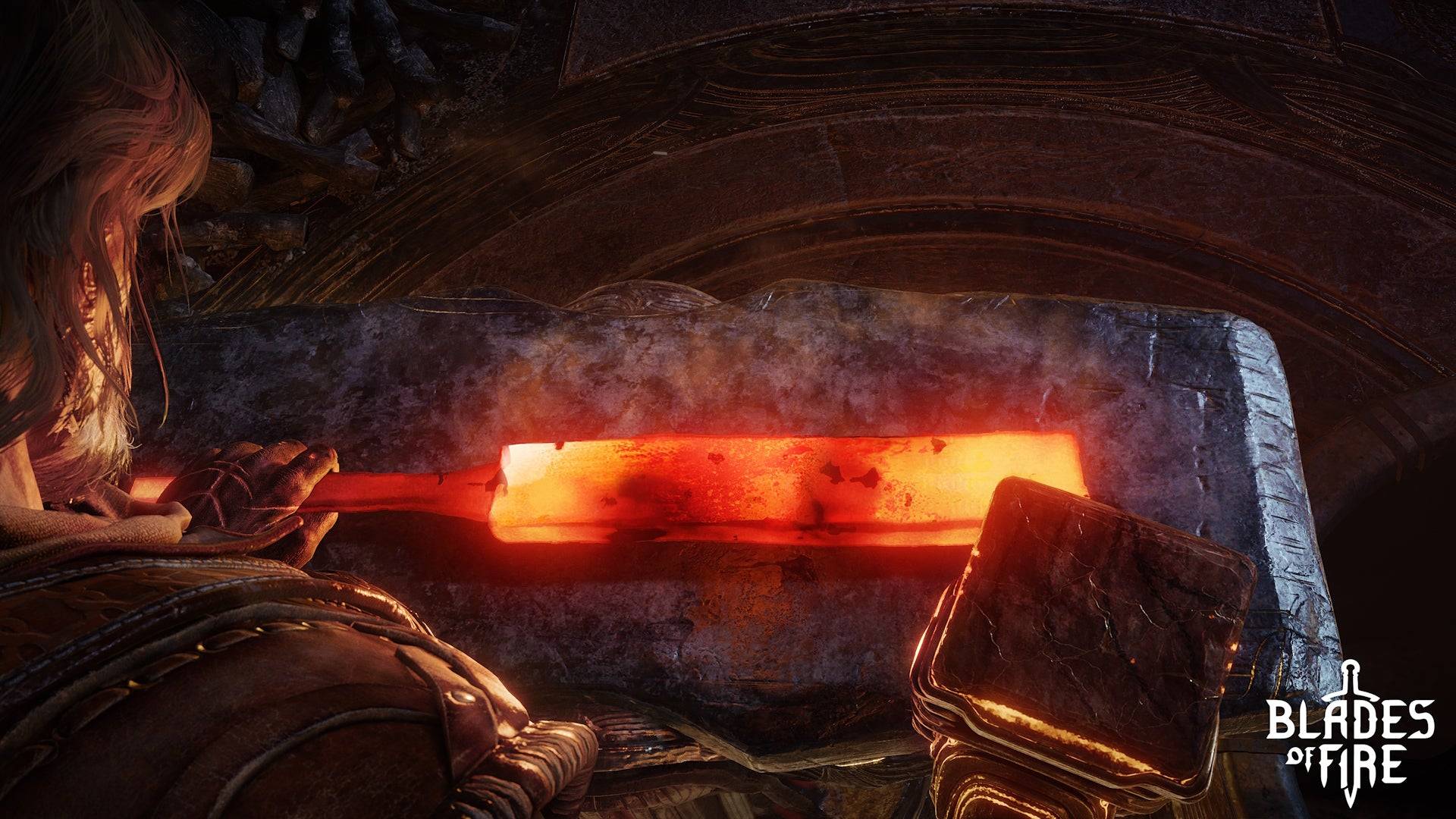 9 Images
9 Images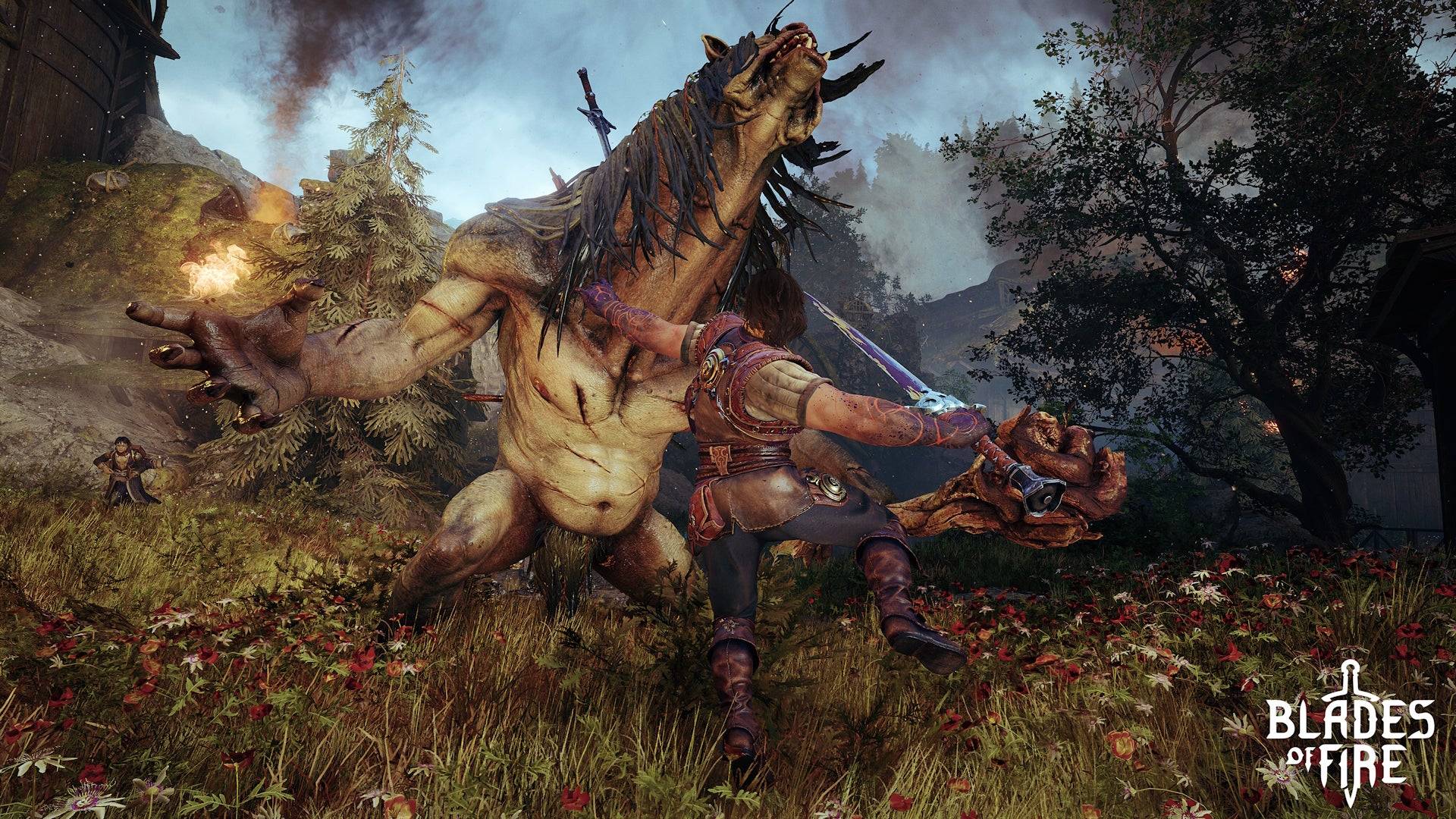
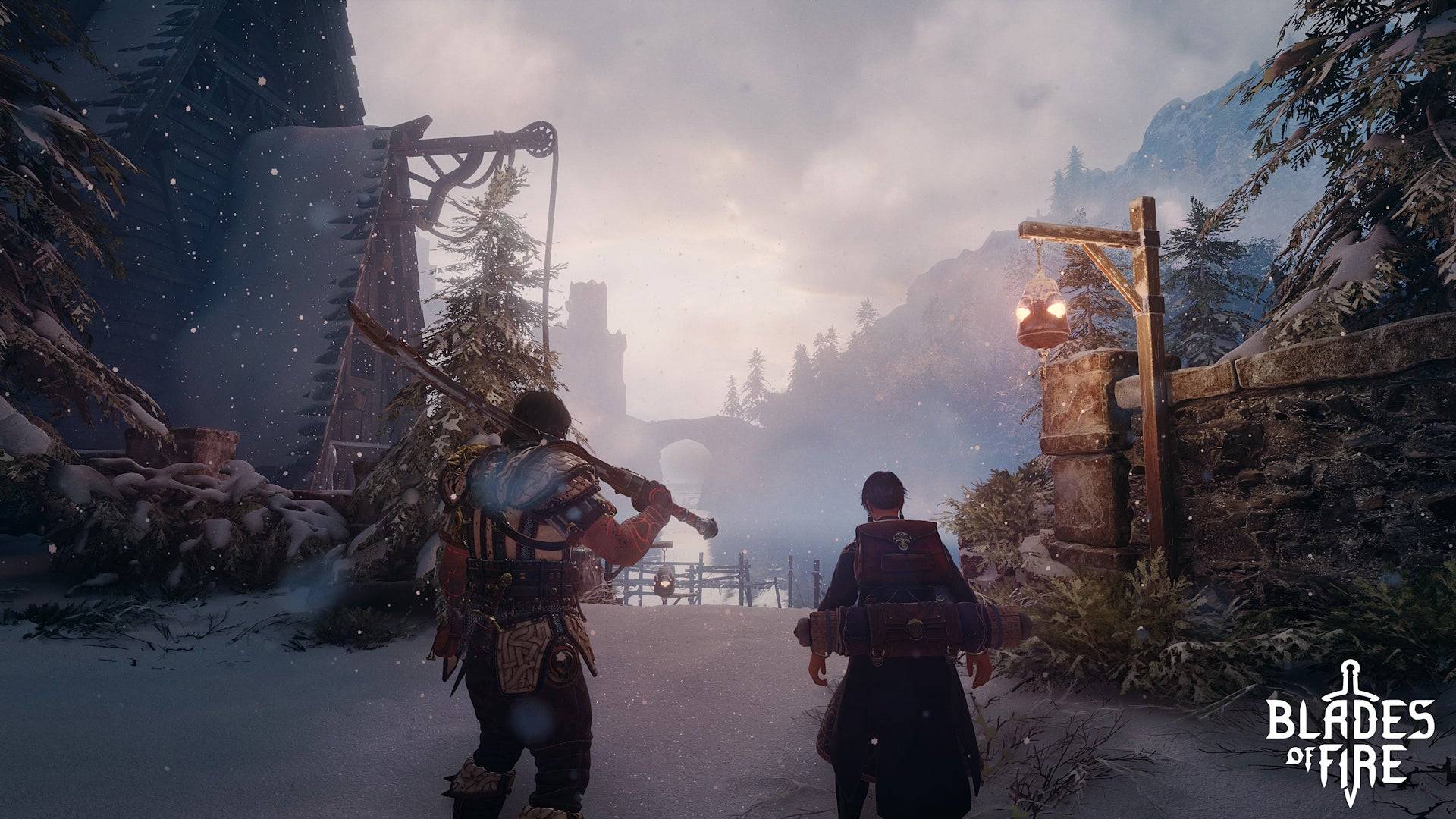
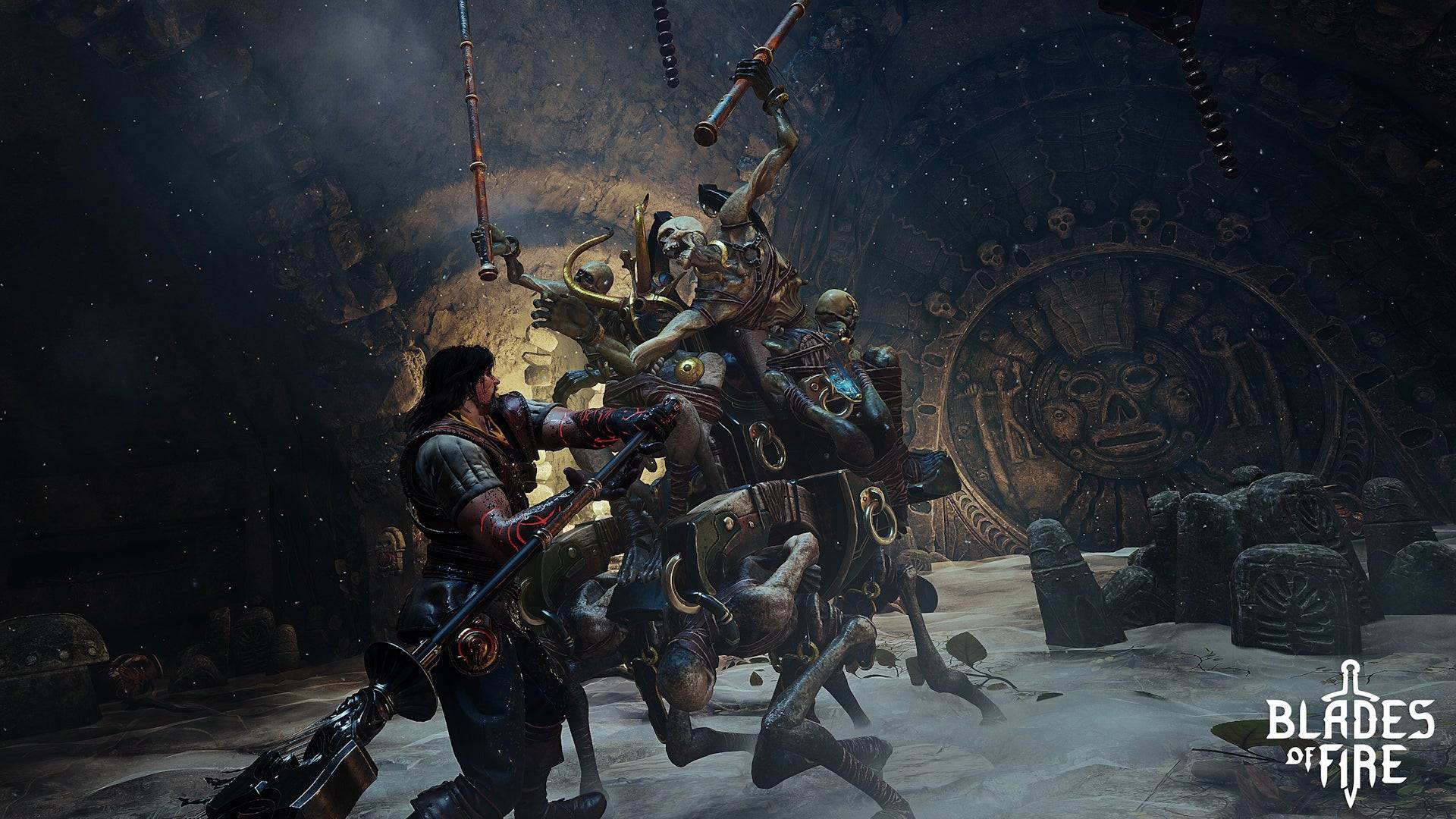
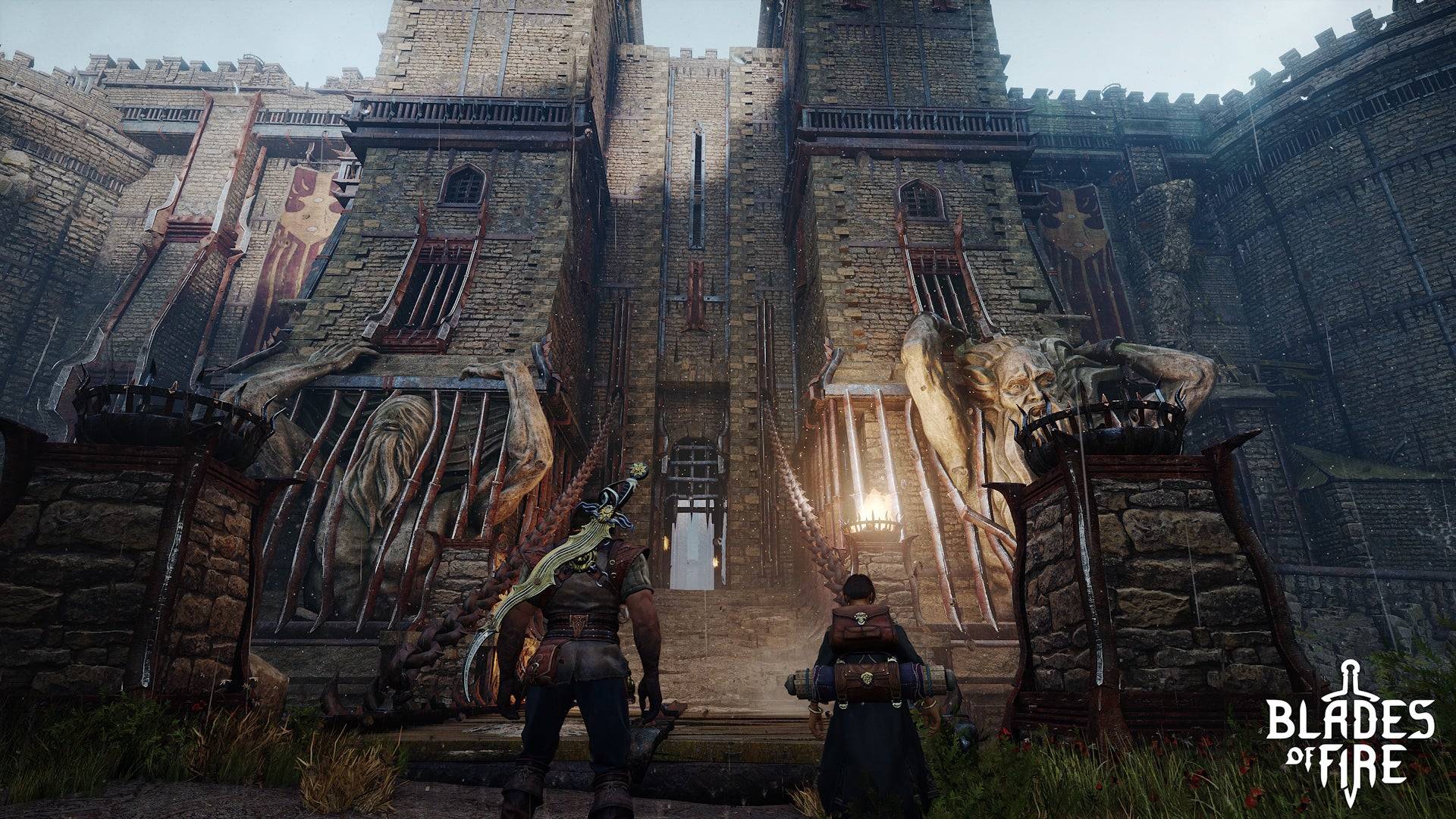 Weapons are central to Blades of Fire, demanding significant attention. Edged weapons dull with use, reducing damage over time, requiring sharpening with a stone. The edge and tip wear independently, reflecting fighting style.
Weapons are central to Blades of Fire, demanding significant attention. Edged weapons dull with use, reducing damage over time, requiring sharpening with a stone. The edge and tip wear independently, reflecting fighting style.
Like in Monster Hunter, sharpening mid-combat becomes necessary. However, durability continually depletes, regardless of maintenance. Broken weapons can be repaired at anvils or melted down for crafting. This crafting system is Blades of Fire's most innovative feature.
Weapon design begins by selecting a template, then tweaking aspects (e.g., spear length and head shape) affecting stats. Material choice impacts weight and stamina consumption. The player even names their creation.
This is only half the process. The design is then physically hammered out on an anvil via a minigame controlling hammer strike length, force, and angle. Matching a curved line with vertical bars requires precision; overworking weakens the weapon. A star rating reflects performance, influencing repairability.
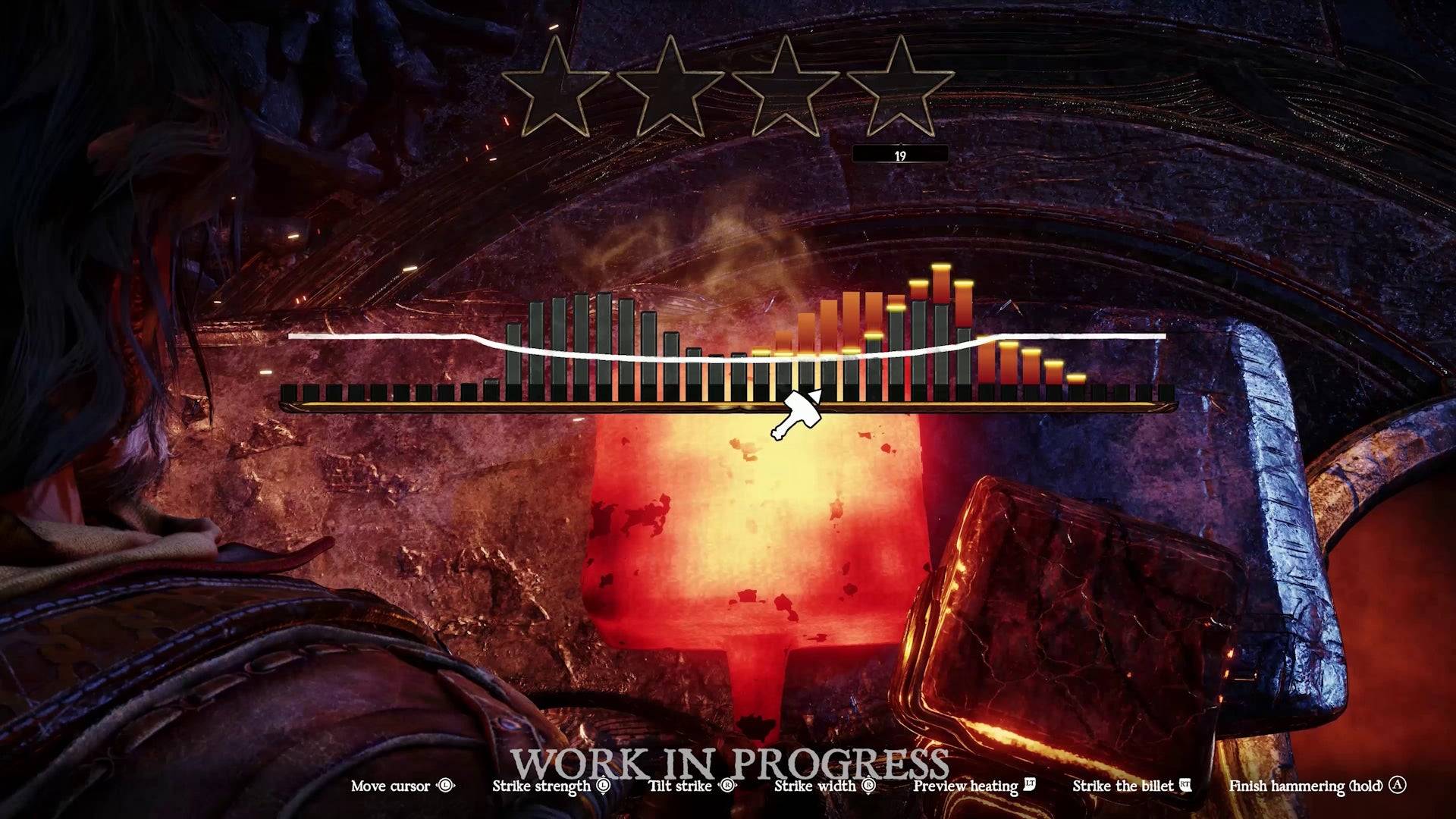
The forge fosters a deep player-weapon bond, crucial for the anticipated 60-70 hour campaign. Finding new metals allows reforging and enhancing weapons. The death system emphasizes this bond; upon death, the equipped weapon is dropped, requiring retrieval.
AnswerSee ResultsThis death mechanic, while inspired by *Dark Souls*, creates a more meaningful connection; lost souls are replaceable, but a crafted weapon is not. Dropped weapons persist, requiring retrieval.MercurySteam's adoption of Dark Souls elements is understandable, given FromSoftware's influence and Blades of Fire's spiritual connection to their earlier title, Blade of Darkness. This new game builds upon past successes, integrating advancements from other studios.
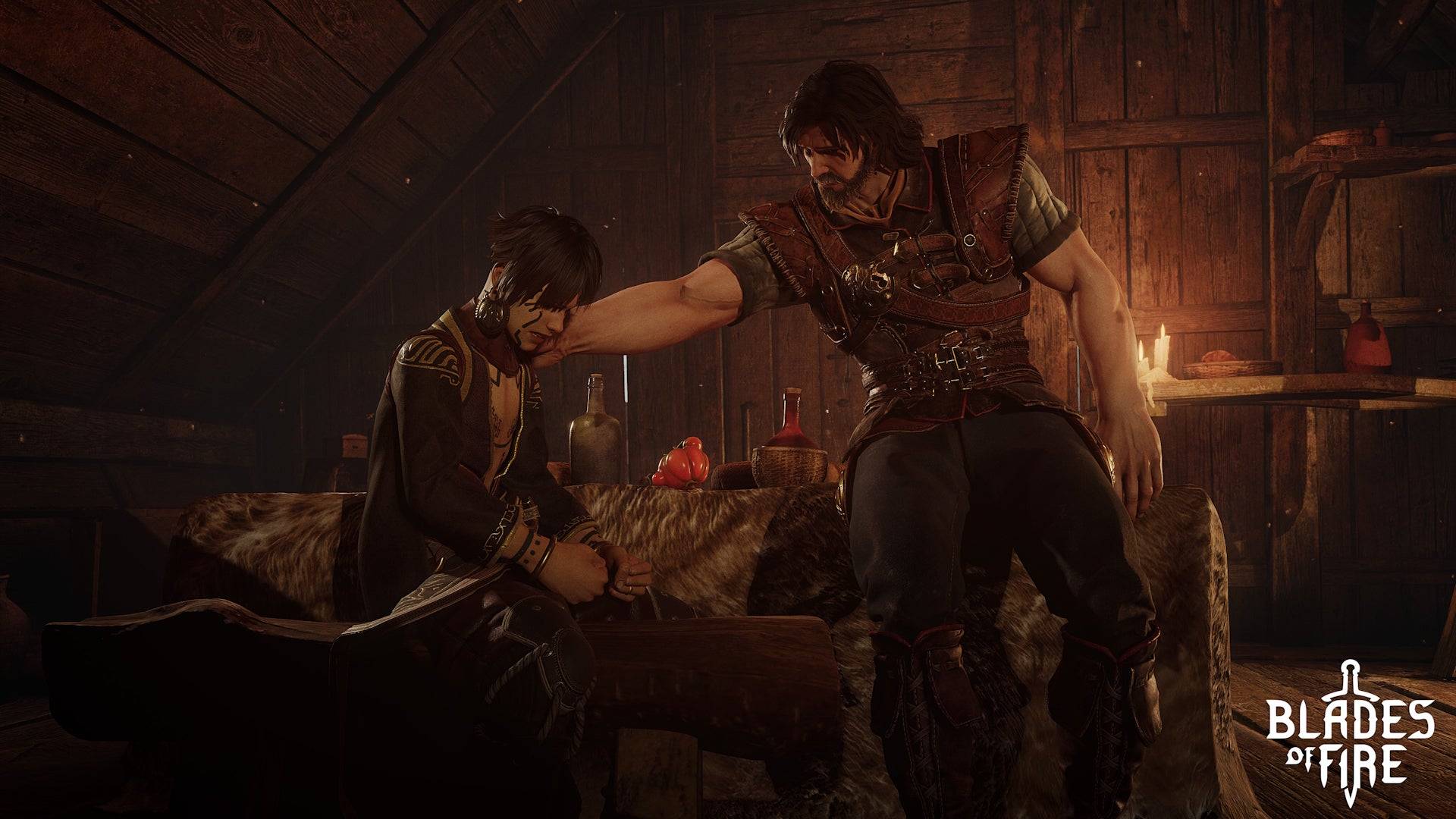
Concerns remain; the generic dark fantasy setting might not sustain a 60-hour adventure, and repetitive encounters raise questions about variety. However, the deep connection between crafted weapons and combat is intriguing. In the era of complex titles like Elden Ring and Monster Hunter, Blades of Fire has the potential to offer a compelling and unique experience.



